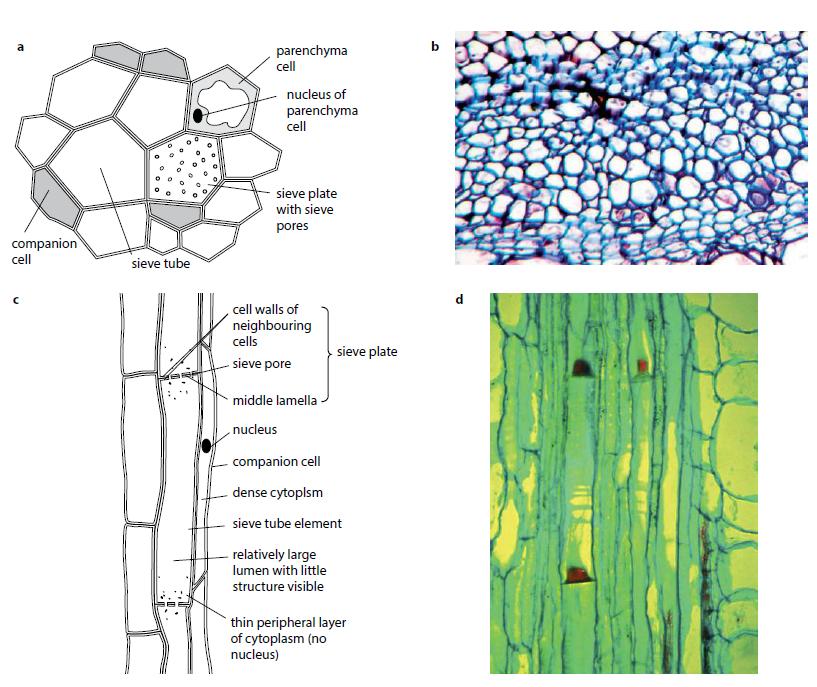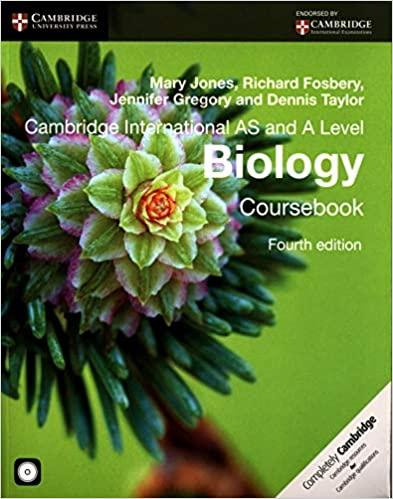Figure 7.31d on page 148 shows a sieve element with red-stained triangles of callose at each end.
Question:
Figure 7.31d on page 148 shows a sieve element with red-stained ‘triangles’ of callose at each end. These triangles indicate the positions of the sieve plates.
a. Assuming the magnification of the micrograph is × 100, calculate the length of the sieve element. Show your working. (You may find it useful to refer to Chapter 1, Worked example 4, page 9, for the method of calculation.)
b. Scientists were puzzled for many years by the fact that sieve plates were present in sieve elements, because sieve plates increase the resistance to flow. This contrasts with xylem vessel elements, which have open ends, reducing resistance to flow.
i. Calculate how many sieve plates per metre a sucrose molecule would have to cross if it were travelling in the sieve tube identified in a above. Show your working. (Assume all the sieve elements are the same size as the one measured in Figure 7.31d.)
ii. What is the function of the sieve plates?
iii. What feature of the sieve plates allows materials to cross them?
c. Flow rates in sieve tubes range from 0.3 to 1.5 m h−1 and average about 1 m h−1. If the flow rate in the sieve element shown in Figure 7.31d were 1 m h−1, how long would it take a sucrose molecule to travel through it? Show your working.
Figure 7.31

Step by Step Answer:

Cambridge International AS And A Level Biology
ISBN: 9781107636828
4th Edition
Authors: Mary Jones, Richard Fosbery, Jennifer Gregory, Dennis Taylor




